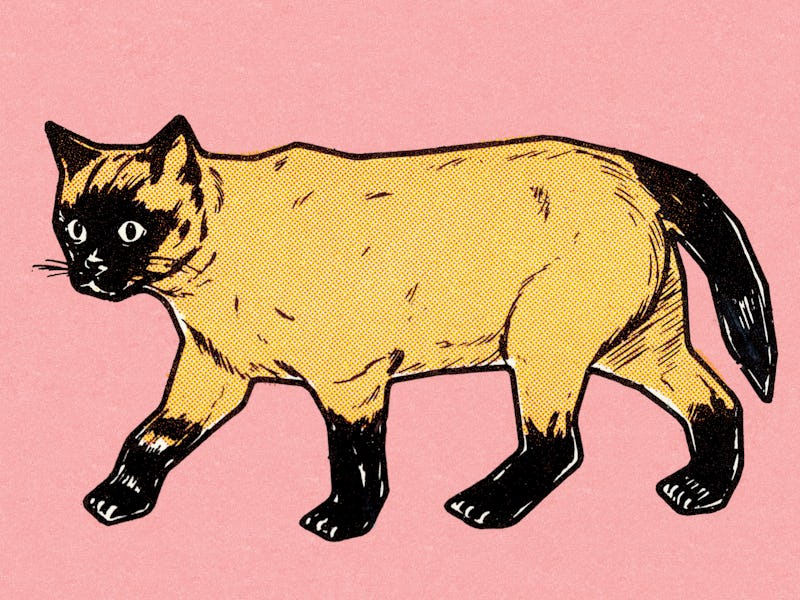Killer cats: The surprising behavior of your favorite pet
In this episode, we explain the feral nature of house cats and their dangerous, mysterious ways.

With the help of GPS tracking backpacks, scientists recently revealed the deadly consequences of letting your cat go outside. FYI, your adorable kitty? Actually an ecological nightmare. (Ask any bird or mole in your yard.)
Cats kill up to 10 times more wildlife than a comparable native predator. However, keeping your furry friend inside may be easier said than done.
While house cats are some of the most popular pets around the world, the story of how they came to be domesticated is even more mysterious than our favorite fickle feline in question.
Feral, yet people-friendly, science says it was cats that ultimately made the choice to coexist with humans. And with this unexpected, ancient discovery, key questions remain: Are you the owner of a cat? Or are you simply your cat’s chosen human?
In this episode of The Abstract, we explain the feral nature of house cats and their dangerous, mysterious ways.
Our first story is about the GPS study that reveals the dangerous consequences of letting your cat roam outside. New research reveals cats kill between two and 10 times more local animals than other comparable native predators. It turns out, the best way to protect wildlife is to keep these killer kitties indoors.
Our second story is about a surprise discovery in ancient pets that’s upending evolutionary thinking. Examining the relationship between humans and cats during the Neolithic Period, researchers pinpointed when felines became pets — a situation made more complicated by the fact that cats may not be fully domesticated.
Read the original Inverse stories:
- Should you let your cat go outside? GPS study reveals the deadly consequences
- Cats chose humans very early: Archaeological tests upend common historical thinking
Where to find us:
- Subscribe to The Abstract wherever you listen to podcasts: iTunes | Spotify | TuneIn | RadioPublic | Stitcher
- Follow Claire Cameron on Twitter
- Follow Sarah Sloat on Twitter
- We're hosted and produced by Tanya Bustos
—
Right now, facts and science matter more than ever. That's part of the reason for The Abstract, this all-new podcast from the Inverse staff that focuses exclusively on science and innovation. Three new episodes are released a week, and each covers one theme via two related stories. Each features audio of original Inverse reporting, where the facts and context take center stage. It's hosted by the Tanya Bustos of WSJ Podcasts. Because we're Inverse, it's all true but slightly off-kilter. It's made for people who want to know the whole story. —Nick Lucchesi, executive editor, Inverse
This article was originally published on